GALLE
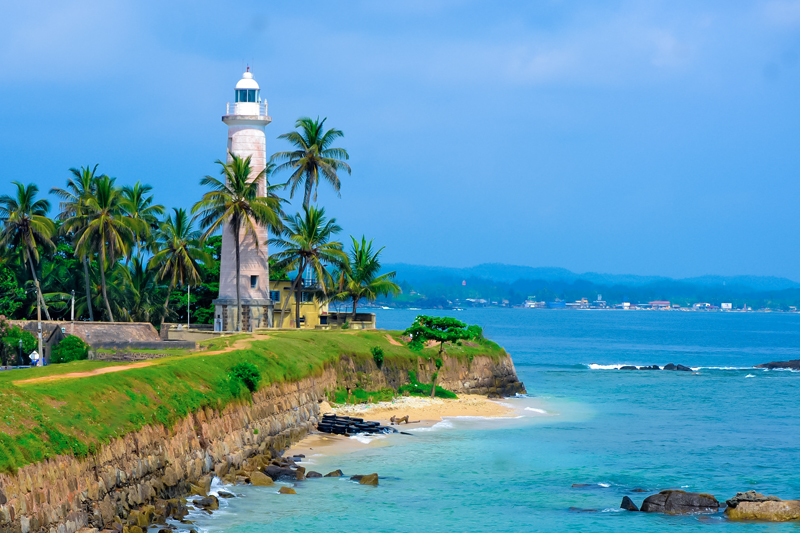
Galle District, situated within the Southern Province of Sri Lanka, encompasses an area of 1,652 km2(638 sq mi), with 35 km2(14 sq mi) of water and 1,617 km2 (624 sq mi) of land. It is bordered by the Benthara River to the north, the Indian Ocean to the south and west, and the Matara and Ratnapura districts to the east. The topography of Galle District varies significantly, with the Hiniduma Patthuwa area resembling the central hill country of Sri Lanka, featuring rainforests and serving as a crucial water catchment area. Notable rivers like the Gin River and Madu Ganga originate in this region, supporting agriculture and maintaining ecological balance.
Historically, Galle District held strategic importance in battles against enemies and served as the capital city of the Southern Province. Legends recount significant conflicts dating back to ancient times, and Galle played a pivotal role during the reigns of various Sri Lankan kings and colonial powers such as the Dutch, Portuguese, and English. The name “Galle” is derived from the Sinhalese word “gala,” meaning “stone,” possibly referring to the rocky terrain or meeting places for bullock carts.
Culturally, Galle District has produced notable figures in Sinhala literature, including scholars and writers. The district is home to educational institutions with historical significance, such as Thotagamuwa Vijayaba Pirivena. Additionally, it hosts the annual Galle Literary Festival, attracting renowned authors and intellectuals from around the world.
In terms of demographics, Buddhism is the predominant religion, followed by Islam, Hinduism, and Christianity. The district comprises various cities, suburbs, urban councils, and main towns, each contributing to its cultural and economic vibrancy. Notable landmarks include the iconic Galle Fort, designated as a UNESCO World Heritage Site, and the Sinharaja Forest Reserve, a biodiversity hotspot and another UNESCO World Heritage Site. Furthermore, Galle District boasts several forest reserves, including the Hiyare Forest Reserve, which play a vital role in conservation efforts and ecotourism.
Galle Fort
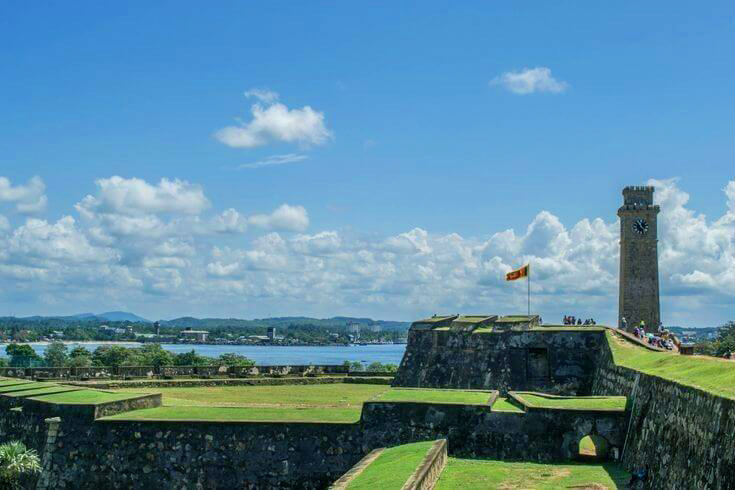
Galle Fort, also known as “Galu Kotuwa” in Sinhala and “Kālik Kōṭṭai” in Tamil, is a historic fortress located in the Bay of Galle on the southwest coast of Sri Lanka. Initially constructed by the Portuguese in 1588, it was significantly fortified by the Dutch in the 17th century, starting from 1649. The fort is recognized as a UNESCO World Heritage Site due to its rich historical, archaeological, and architectural significance.
Throughout its long history, Galle Fort has endured various cultural influences and witnessed significant events. It has evolved into a multi-ethnic and multi-religious community, reflecting the diverse heritage of Sri Lanka. The fort’s heritage value has been acknowledged by UNESCO, which has inscribed it as a cultural heritage site for its unique blend of European architecture and South Asian traditions spanning from the 16th to the 19th centuries.
Despite facing natural disasters like the Boxing Day tsunami in 2004, Galle Fort has been meticulously restored, retaining its polished appearance. The name “Galle” has multiple interpretations, ranging from its Portuguese origin meaning “rooster” to the Sinhala interpretation as a place where cattle were herded.
The fort’s history dates back to ancient times, with evidence of trade dating back to 125–150 CE. Over the centuries, it served as a strategic stronghold for various colonial powers and underwent significant transformations. From its humble beginnings as an earthen structure with palisades to the extensive fortifications built by the Dutch, Galle Fort has stood as a symbol of resilience and architectural ingenuity.
Today, Galle Fort stands as a testament to Sri Lanka’s rich cultural heritage and serves as a vibrant hub for artists, writers, and travelers from around the world. Its well-preserved bastions, gates, and other structures offer visitors a glimpse into the region’s tumultuous past and enduring legacy.
MATARA
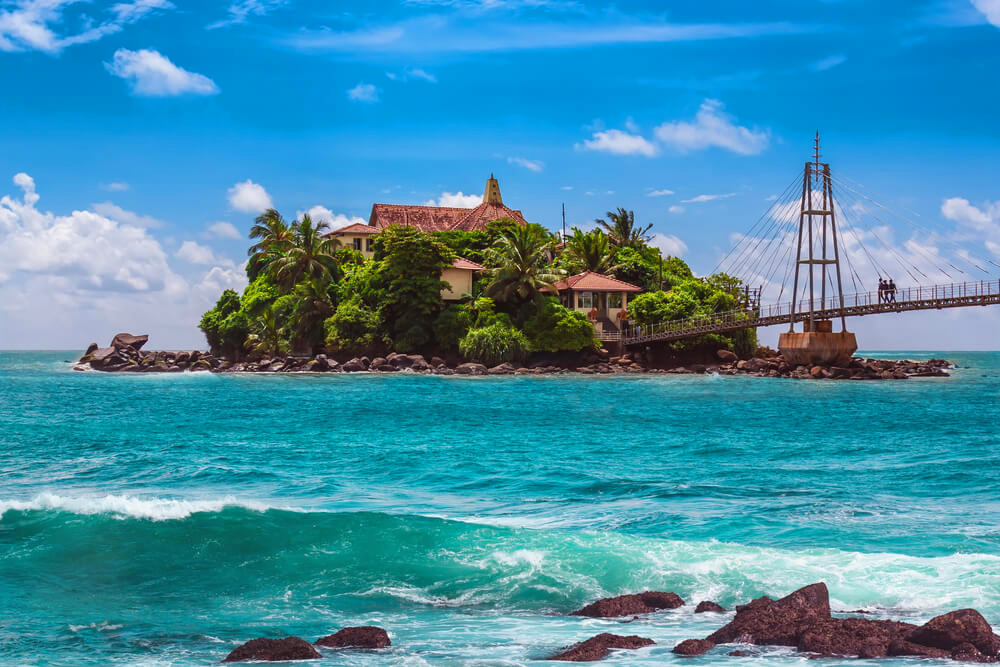
Matara District, located in the Southern Province of Sri Lanka, is a vibrant administrative region with a rich cultural and demographic tapestry. Spanning an area of 1,282.5 square kilometers, the district is divided into 16 Divisional Secretary’s Divisions, each overseen by a Divisional Secretary appointed by the central government.
The district’s major city is Matara, which holds Municipal Council status, while other notable towns include Weligama, Akuressa, Mirissa, and Deniyaya, among others. These urban centers contribute to the district’s dynamic economic and social landscape.
In terms of demographics, Matara District is primarily inhabited by the Sinhalese population, with minority communities of Sri Lankan Moors and Indian Tamils. The district boasts a diverse array of ethnicities, contributing to its cultural vibrancy.
Religiously, Buddhism is the predominant faith, with a significant Muslim and Hindu presence as well. The district’s religious diversity adds to its cultural richness, with various religious festivals and traditions observed throughout the year.
Overall, Matara District stands as a testament to Sri Lanka’s multicultural heritage, with its diverse population, bustling urban centers, and scenic landscapes contributing to its unique identity within the country.
Mirissa

Mirissa, nestled along the picturesque south coast of Sri Lanka within the Matara District of the Southern Province, charms visitors with its quaint ambiance and natural allure. Positioned approximately 150 kilometers south of Colombo, this idyllic town sits at an elevation of 4 meters above sea level, offering a serene escape for travelers seeking sun, sand, and sea.
Renowned for its pristine beach and vibrant nightlife, Mirissa has emerged as a favored destination among tourists. Beyond its coastal beauty, Mirissa thrives as a bustling fishing port, celebrated for its abundant catches of tuna, mullet, snapper, and butterfish. In the 1980s, the town witnessed its initial foray into tourism infrastructure, marking the genesis of its transformation into a sought-after travel hotspot.
The town’s trajectory was altered by the devastating tsunami triggered by the 2004 Indian Ocean earthquake, which inflicted significant damage on homes, guesthouses, shops, schools, and temples. Despite the adversity, Mirissa rebounded resiliently, showcasing its indomitable spirit and unwavering allure to visitors from near and far.
Mirissa enjoys strategic connectivity via the A2 Highway, facilitating seamless travel from Colombo to Wellawaya. Additionally, the Mirissa railway station, situated approximately 2 kilometers east of the town, offers convenient access to travelers traversing the Coastal or Southern Rail Line, linking Colombo to Matara. Moreover, its proximity to the Kokmaduwa Interchange of the Southern Expressway further enhances accessibility for commuters.
Amidst its coastal splendor, Mirissa boasts a range of attractions, including the sun-kissed Mirissa beach and the iconic Parrot Rock. The enchanting Coconut Tree Hill provides panoramic vistas of the surrounding landscape, while the town’s renowned whale-watching excursions offer unforgettable encounters with marine giants. The tranquil Sri Sunandarama Temple offers a glimpse into the town’s spiritual heritage, inviting visitors to immerse themselves in its serene ambiance.
In essence, Mirissa beckons travelers with its blend of natural beauty, cultural richness, and vibrant energy, promising an enchanting retreat along the sun-drenched shores of southern Sri Lanka.

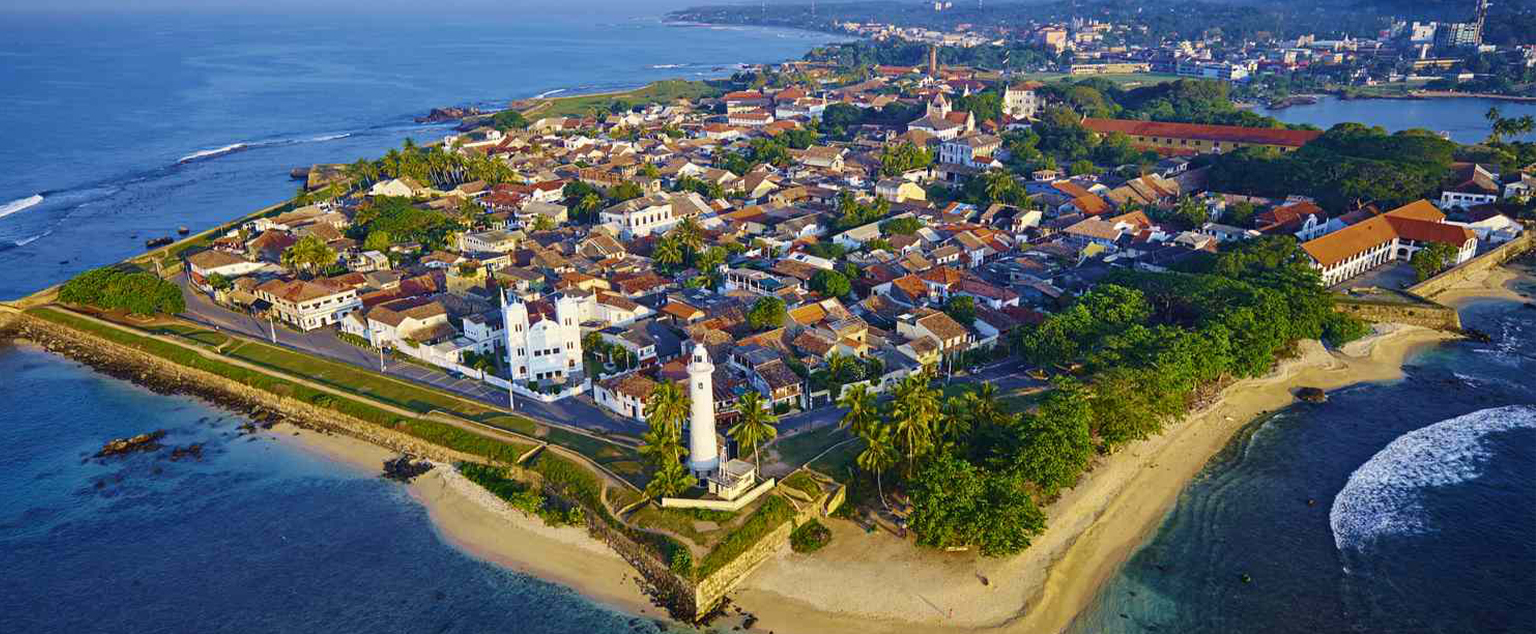
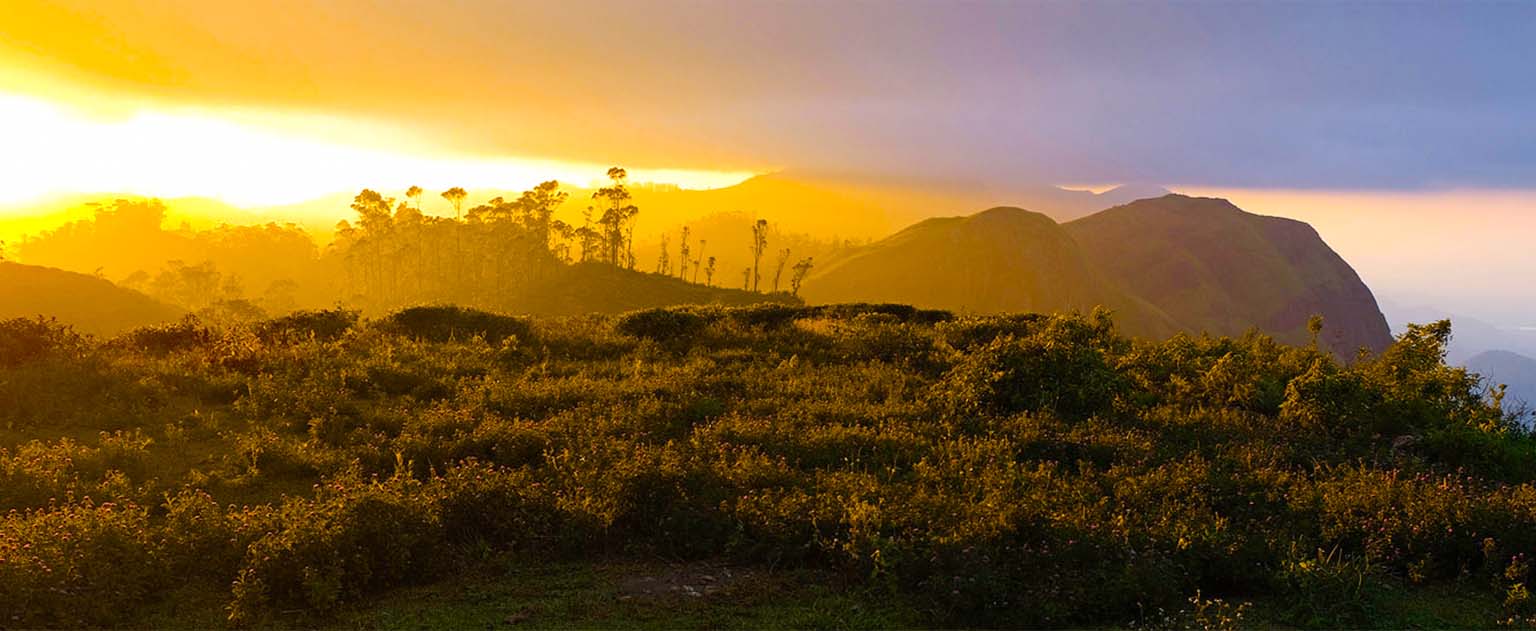
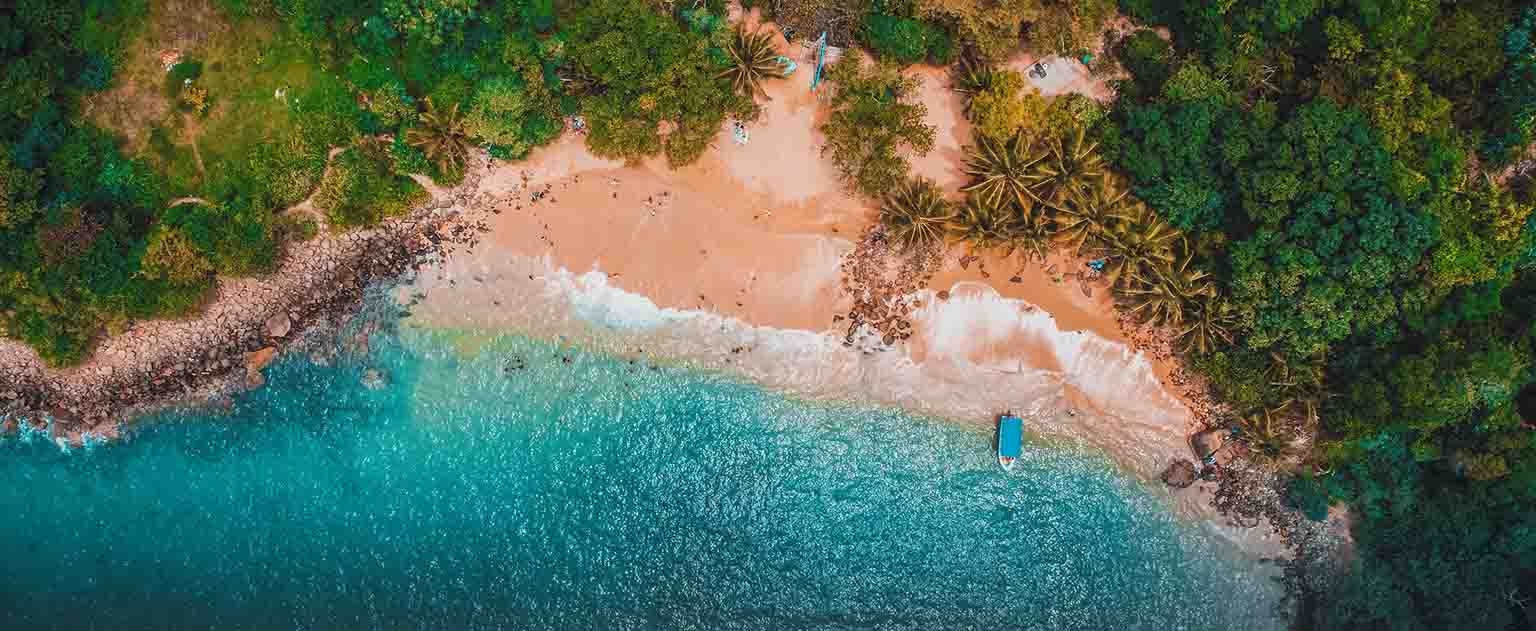
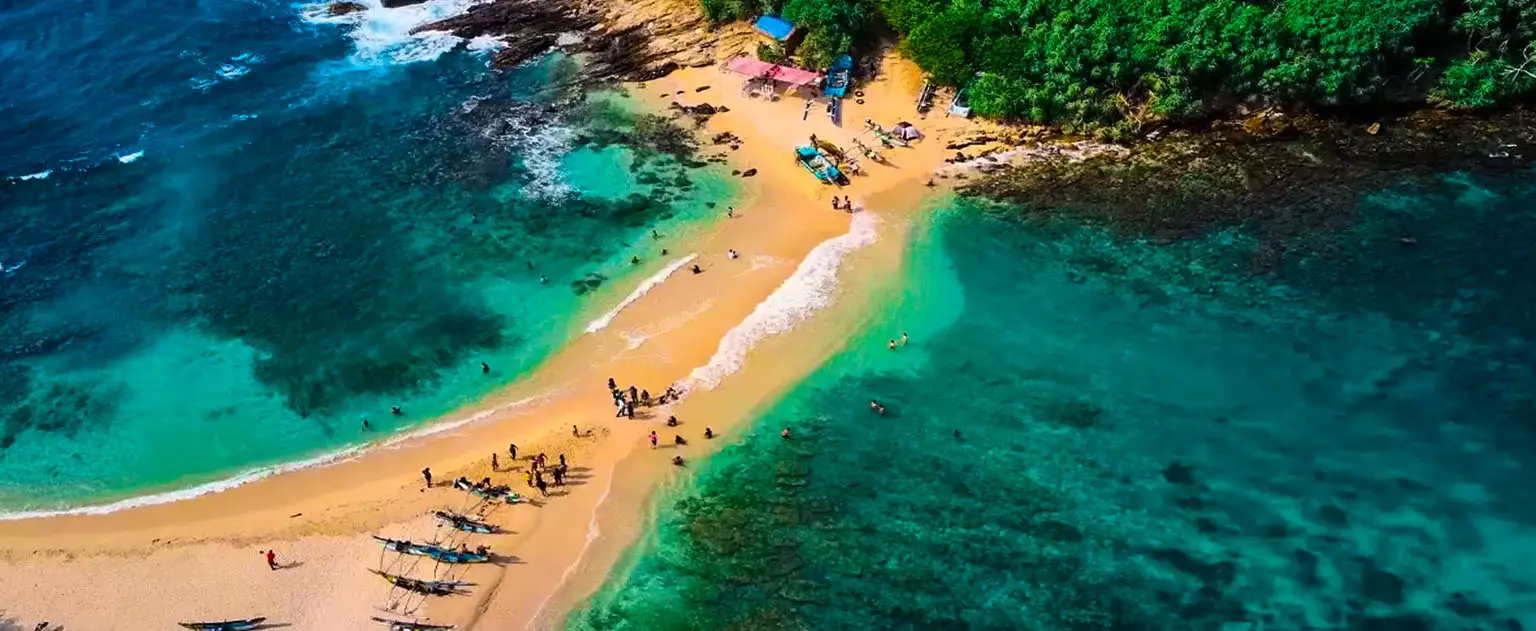
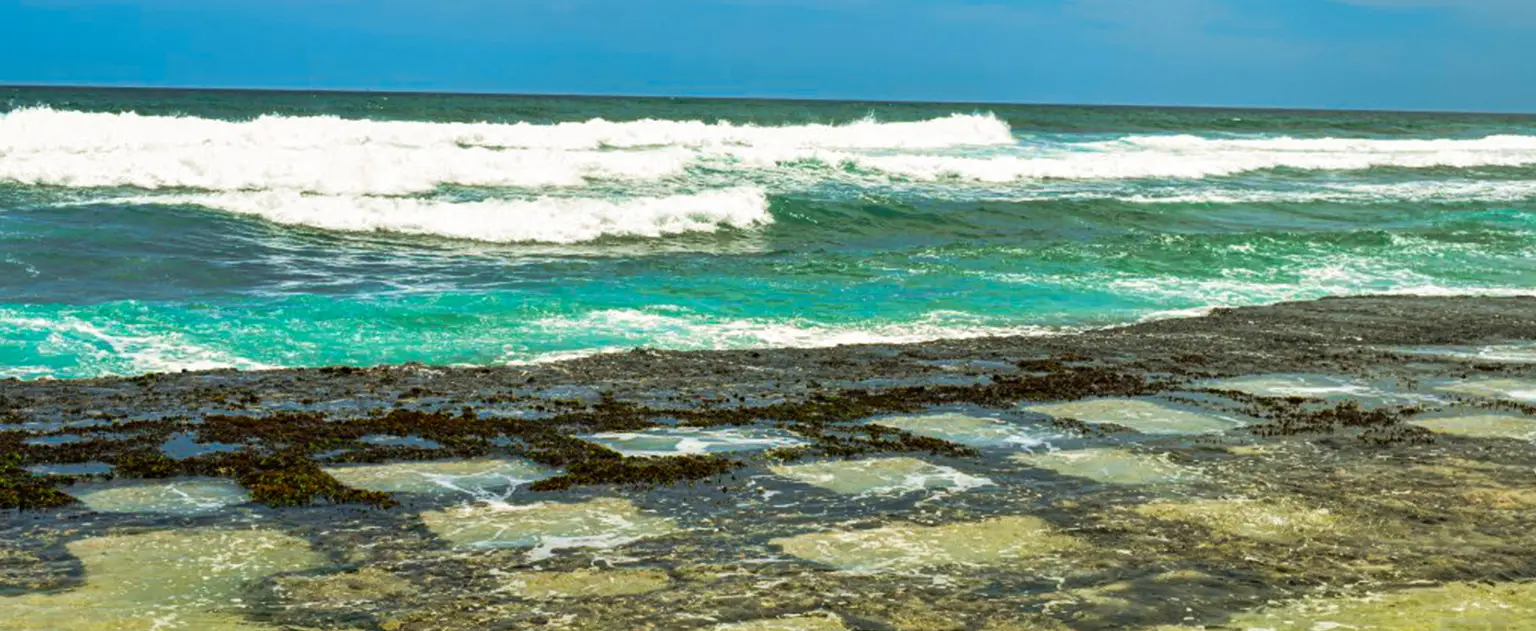
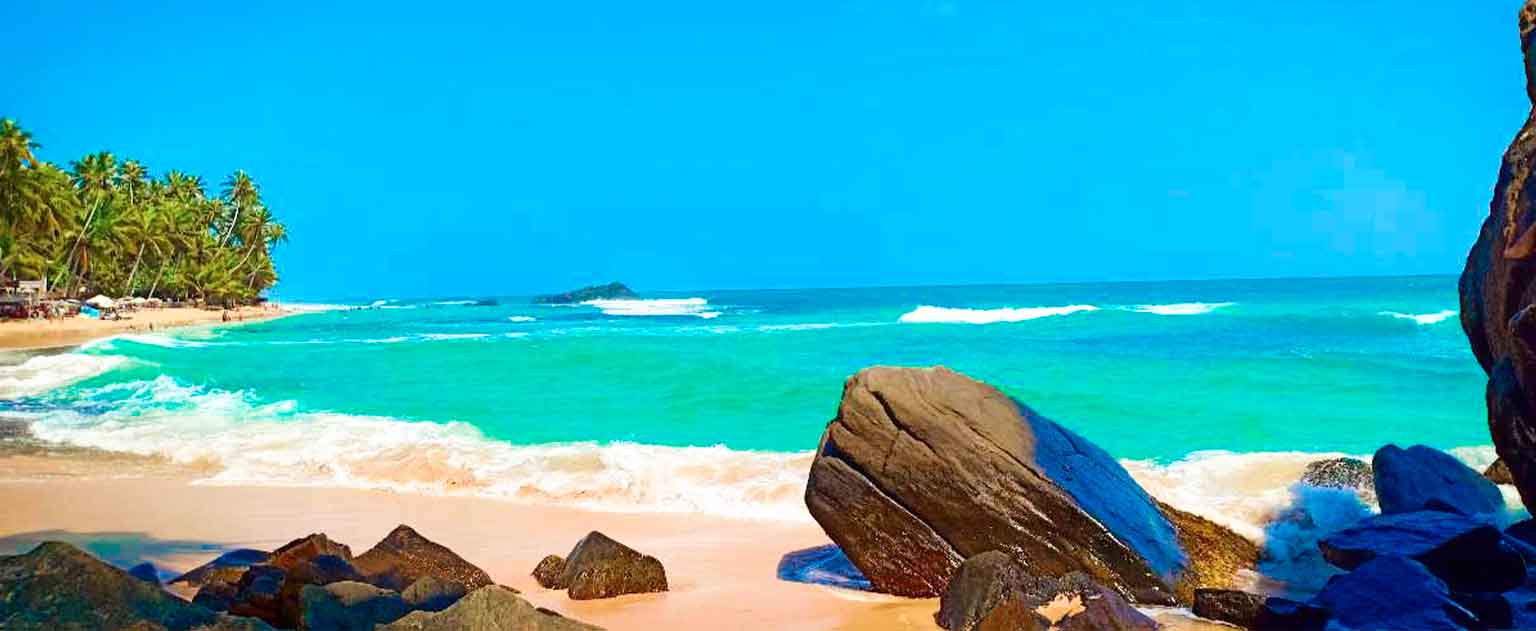

[…] you’re planning on staying in this southern region, we highly recommend this one. We think Galle is one of Sri Lanka’s most interesting towns, and it would be a shame to miss it given […]